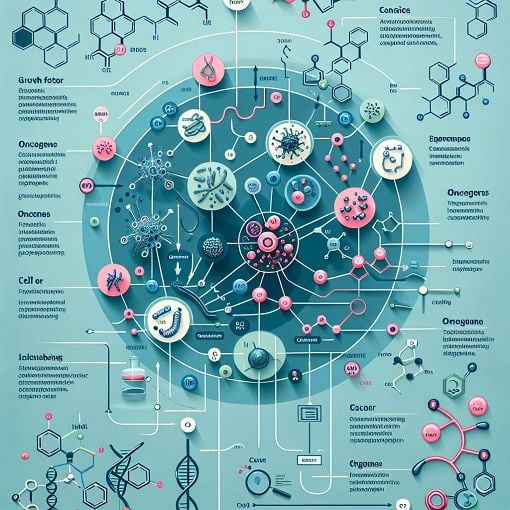L-03-01-P57 - Molecular Basis of Cancer II
{"name":"L-03-01-P57 - Molecular Basis of Cancer II", "url":"https://www.quiz-maker.com/QPREVIEW","txt":"Test your knowledge on the intricate world of cancer biology with our quiz on the Molecular Basis of Cancer II. This engaging quiz provides a comprehensive overview of oncogenes, proto-oncogenes, and the mechanisms behind cancer development.Join fellow learners and explore:Key concepts in cancer geneticsTypes of oncogenes and their rolesRecent advances in targeted therapies","img":"https://cdn.poll-maker.com/104-5105562/img-wvcktoaj3dpaayjzz74jvws6.jpg"}
More Quizzes
DNA REPLICATION
1059
Science Test Study 7.3
201031
StaceyStaceyStacey
1050
STRATEJİK YÖNETİM DERSİ 5-10. BÖLÜM ÇALIŞMA SORULARI
50250
Ultimate C++: Master Fundamentals & Test Your Skills
201026904
Written and Oral Business Communication
15824981
Gifted and Talented: Test Your Knowledge & Skills
201038032
Test Your Angle Skills: Fun Angle for Geometry Fans
201024981
Discover Your Angelina Jolie Character - Personality
201028919
Ultimate Powerpuff Girls: Test Your Superpowers!
201065453
Free Drill and Ceremony Board
201022320
Free Regional Knowledge: Test Geography & History
201028608
